Amazing Animals #17 The Komodo Dragon
The world is full of incredible creatures and I've just realised that I've never covered a Reptile before in this series, strangely enough some of my favourite animals are Reptiles, I find their behaviour and appearance to be fascinating, sometimes I can watch my Bearded Dragon, Spyro, for ages without her actually doing anything.
They appear to be remnants of a forgotten era, and some of them genuinely are, the first Reptile I will cover is one of them, remaining unchanged for over 3 million years the Komodo Dragon is one of natures truly great specimens.
Appearance and Origins
The Komodo Dragon (Varanus komodoensis) is the largest living species of Lizard on Earth and can grow to lengths of up to 10 feet whilst weighing as much as 200 lbs, they exist today on only five Islands in Indonesia which are Komodo, Rinca, Flores, Gili Motang and formerly Padar.
As their scientific name suggests, they are members of the Varanidae family of Monitor Lizards and are classified as a member of the subgenus Varanus; they are significantly larger than other members of their subgenus both in body length and weight.
This factor was originally attributed to island gigantism, a phenomenon thought to occur when a species has no direct competition in an area with an abundance of food, this theory has since been challenged by research that has found fossilised Komodo Dragon specimens as far away from their current islands as Australia, these specimens were carbon-dated and found to be greater than 3.8 million years old and were roughly the same size as their modern counterparts.
The findings indicate that the Komodo Dragon is likely a relic of the bygone Pleistocene era that allowed large Varanid Lizards as well as other Megafauna to thrive, most of these animals, including the Komodo Dragons extinct distant relative, Megalania, went extinct as the Pleistocene came to an end either by climatic changes or by the hand of early Hominids that arose roughly 800,000 years ago.
As the Komodo Dragon managed to inhabit several isolated and unexplored islands they were able to avoid extinction at the hands of migrating Hominids, as such the Komodo Dragon has existed on the island of Flores for at least the past 900,000 years, where it continues to thrive as a protected species in a temperate location.
Young Komodo Dragons are often dark in colouration but will regularly display patches of yellow, white, green and black across their scales, this colouration allows them to more easily camouflage themselves which is an important trait as larger Komodo Dragons will cannibalise their young should the opportunity arise.
As they age their colouration becomes much darker and tends to be a combination of black and dark mottled grey/green, once fully grown the Komodo Dragon has very little to worry about in terms of predation, though they will still actively avoid larger Dragons.
Their skin is made up of thousands of armoured scales, their scales are made up of tiny bone-based structures that are known as Osteoderms and they function much in the same way as Chain-mail, providing significant defences against both slashing and piercing blows.
Aside from their impressive defensive attributes the Komodo Dragon also possesses quite the offensive arsenal, on each of their four feet they have 5 large razor-sharp claws that they use for ripping, climbing and running, they also have powerful jaws that contain up to 60 serrated teeth measuring up to an inch long that are replaced on a frequent basis, lastly they have an incredibly powerful and muscular tail that is capable of stunning and even lacerating prey if utilised, in their habitat there is no other animal that can compete with them.
Their Senses
As the Komodo Dragon is a Reptile it shares a number of sensory traits commonly observed within their classification, for instance their tongue is capable of both taste and smell detection, this is achieved via the vomeronasal sense using the Jacobson’s organ, Komodo Dragons flick their tongue out frequently to pick up chemical traces in the air, when pressed against the Jacobson’s organ within their mouth a signal is sent to the brain which allows the Komodo Dragon to process scents and tastes, with the right environmental conditions a Dragon may be capable of detecting chemical signals up to 10 km’s away.
Effectively the Komodo Dragon does not “smell” or “taste” in a traditional sense of the terms, they do not have taste buds within their mouth (though they do have a few at the back of their throat) and whilst they do have nostrils, they do not possess a diaphragm and are therefore incapable of breathing in through their nostrils as we do, this leaves them with a limited sense of smell via their nasal passages that is only activated as air passes freely through the nostrils when moving or during a breeze.
As with all members of the Varanid family they have a limited range of hearing that is believed to fall between the 400 and 2000 hertz range, this is based on the fact that they only have a singular ear bone in each ear known as the Stapes which is used to transfer vibrations between their Tympanic membrane and their Cochlea, their limited range of hearing is observable as they are known to show very little reaction to frequencies outside of the range specified, researchers are however still undecided on whether the limited reactions are due to inability to hear, or just general carelessness.
Their eyesight is relatively similar to our own, their large brown eyes with rounded pupils are capable of observing objects up to 300m away, one difference between their eyes and our own however is that they do not possess a combination of rods and cones within their Retinas, instead they possess only cones, this gives them very limited visibility in low light environments, though they are capable of distinguishing colours.Komodo Dragon Behaviour
As mentioned previously, young Komodo Dragons are more lightly coloured and can somewhat blend in with their dusty surroundings, this is not their only method for avoiding aggressive mature Dragons.
However, when they are young they measure roughly 1.5 feet in length and weigh no more than 105 grams, they are already equipped with their strong claws and are therefore agile runners and adept climbers as their power to weight ratio is higher than when matured, these attributes greatly improve their ability to avoid predators.
To further their chances of avoiding predation juvenile Komodo Dragons have been observed rolling in the faeces of dominant large Dragons, even matured Dragons will avoid confrontation with larger than average individuals and they will associate their scent with danger, similar to the tactic of wearing Zombie innards in the Walking Dead TV series, the juveniles can avoid danger by undertaking a different scent.
As the Komodo Dragon matures they will lose their ability to climb trees efficiently and eventually will lead a close to completely grounded existence, in adulthood they are completely solitary animals that only congregate to either breed or eat.
Despite their powerful arsenal of offensive weapons combined with their ability to run at speeds of up to 20 km’s per hour they are predominantly scavengers and prefer to feast on Carrion, this does not detract from their ability to hunt however, and they are capable of ambushing and bringing down prey similar to their own size, their preferred method of taking down prey is to wait in stillness until the prey enters its ambush territory, once targeted, the Komodo Dragon will rush at the prey and attempt to lacerate the underside of the preys throat, the most common cause of death for their prey is attributed to severe blood loss.
Despite being solitary and territorial they are not possessive over their kills or carcass finds, instead they display a clear dominance hierarchy, with the largest individuals eating first, eventually smaller Dragons can move in and larger Dragons that have just fed are unlikely to attack or bother them.
Conflict over kills usually only arises when a carcass is claimed by two similar sized large Dragons, in this event they will fight for the meal with the loser normally retreating from the site, though, it is not uncommon that the loser will die in the conflict thus leaving the victor to eat his opponent, cannibalism is not a rare trait amongst Komodo Dragons.
Reproduction is a testosterone-fuelled event, the mating season occurs between May and August and is a case of only the strongest males prevailing, male Komodo Dragons will fight for the rights to breed with females, they do this by grappling in a bi-pedal stance, the loser is decided when one male manages to pin the other and in rare occasions the victorious male may even kill his opponent, there is little honour when fighting for breeding rights.
Once the victor has emerged he will proceed to engage in courtship with the female, this begins by simple tongue flicks to analyse the females’ receptivity, the male will then progress to rubbing his chin against the female, scratching her back as well as licking her.
During sexual intercourse the male will need to fully pin and subdue the female as she is not overly co-operative and displays antagonistic behaviour that could seriously injure the male were he not to be in full control.
After the pair have bred the female will lay her recently fertilised eggs in the Autumn, they are not overly concerned on the location of the nest site, so long as it is camouflaged it will do, she will lay a clutch of 20 eggs which she will incubate for 7-8 months, after this period the young will hatch and will be completely independent from this moment.
Strangely, Komodo Dragons have been observed to be monogamous animals, an incredibly rare trait for a Reptilian species, i'd imagine that with a limited population it is the best way to preserve a healthy and diverse population of animals, how or why the Komodo Dragons have adopted this method of reproduction is a mystery.
Their Deadly Saliva
A common misconception about the Komodo Dragon is that they possess saliva that is laden with deadly bacteria capable of infecting their prey, after which they stalk for a number of hours until the prey eventually succumbs to its infection.
This notion has been labelled as a myth, not only do Komodo Dragons spend on average no longer than 30 minutes when conducting a successful hunt, they also do not possess deadly bacteria in their Saliva.
It is a fact that Komodo Dragons produce a large volume of Saliva, however it has nothing to do with hosting bacteria, it is instead useful for the consumption of small prey up to the size of a Goat, Komodo Dragons have articulated jaws, flexible skulls and a largely expandable stomach, they are therefore capable of swallowing the aforementioned prey whole, the Saliva aids in lubricating the meal before consumption.
It was previously thought that Komodo Dragons harboured deadly bacteria by allowing rotting flesh to fester within their mouth, though this has been disproven, they have a relatively high standard of dental hygiene and will clean their mouth via lip-licking and rubbing against shrubbery after every meal.
The bacteria found within their saliva is no different to that observed in other carnivorous animals, they do however possess venom glands, the venom is secreted from two venom glands within the Dragons mouth, the production of saliva helps to coat their serrated teeth with the toxin which when applied to bitten prey will inhibit the preys ability to stem bleeding via clotting, the Komodo Dragons venom lowers blood pressure, thins the blood and leads to eventual muscular paralysis as well as shock from rapid blood loss.
Amazing Facts
Swallowing a meal can take as long as 20 minutes, to breath during this event the Komodo Dragon possesses a small tube under their tongue that connects to their lungs, this allows them to breath.
They have incredibly slow metabolisms, and, due to their behaviour as an ambush predator they spend a lot of time stationary, as such they can survive on as little as one meal per month.
They are incapable of digesting hair, teeth and horn material, after digestion has completed they proceed to vomit these remaining items which forms what’s known as a Gastric Pellet.
Komodo Dragons use their powerful claws to excavate large burrows, they sleep in the burrows to reduce heat loss overnight, this reduces the time they must spend basking in the morning sunlight to reach their optimum temperature.
Their Saliva is frequently blood-tinged, this is due to the large amount of gingival tissue that covers their teeth, the tissue is naturally lacerated during feeding and as such results in bleeding.
It was once believed that Komodo Dragons were completely deaf, as they rarely respond to sounds, this was disputed by an employee at London Zoo that had successfully trained a captive Komodo Dragon to respond to vocal calls for feeding, even when she wasn’t visible to the animal.
Komodo Dragons take 8-9 years before they reach sexual maturity and are thought to live up to 30 years in the wild and 25 years in captivity.
Up to 10% of a mature Komodo Dragons diet may consist of juvenile Komodo Dragons.
Remarkably female Komodo Dragons are able to produce offspring asexually through Parthenogenesis, unlike the XY system seen in mammals, the sex determination for Komodo Dragons is instead decided by a ZW Chromosomal system. The females unfertilised eggs are always haploid and will contain one chromosome from her ZW pairs, either Z or W, they will become diploid at a later date thus doubling the chromosomes (fertilisation occurs), depending on whether the egg initially carried the Z or W chromosome will dictate the sex of the offspring, the doubling of Z will result in ZZ and will yield male offspring, whereas W will yield WW which will yield unviable offspring as females require ZW pairs. Therefore, only male Komodo Dragons can be born through Parthenogenesis.
The first documented instance of Parthenogenesis occurred at London Zoo in 2005 and was initially believed to have occurred by the female storing sperm from a previously encountered male for two years before using the sperm for fertilisation in a process known as superfecundation. This theory was quashed a year later, when a Komodo Dragon at Chester Zoo yielded male offspring despite never coming into contact with a male, this lead to further research and the subsequent discovery of their remarkable ability to procreate asexually.
Komodo Dragons are highly opportunistic feeders and have been known to dig up human corpses from burial sites in order to feast on cadavers, this has led to many local inhabitants resorting to burying their dead under piles of stone.
Final Thoughts
I always find it amazing when studying and observing an animal that has managed to remain relatively unchanged for millions of years, there’s something that is just awe-inspiring about an animal being so perfectly adapted for its environment that if left to its own devices it can exist peacefully for unimaginable lengths of time, at least on a human scale.
It’s a shame that so many other species did not have the same luxury of isolation that the Komodo Dragon was lucky enough to have at the dawn of Hominid development, whilst it’s impossible to blame our distant ancestors for doing nothing more than hunting for their survival, it is interesting to think how the world would look today without our rise as the dominant species on this planet.
Nevertheless, these incredible animals made it through to today and continue to thrive, I can gladly say they are one of the most well protected animals on the planet and whilst they have seen recent population declines the chances of their situation becoming critical is slim, here’s to another 4 million years of the Komodo Dragon.
Content Sources
If you Enjoyed this article feel free to check out some of my previous editions of Amazing animals.
- The Great White Shark
- The Hyena
- The Harp Seal
- The Clown Fish
- The Greater Bird of Paradise
- The Reindeer
- The Three-toed Sloth
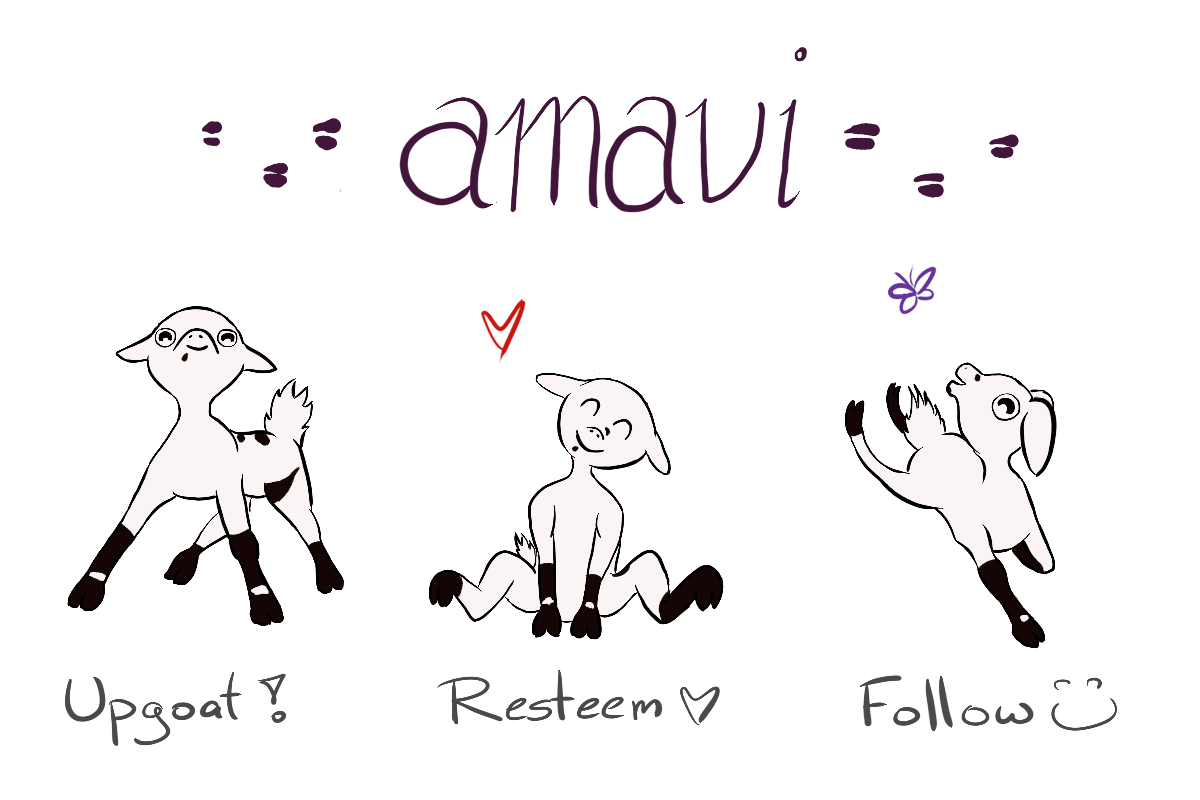
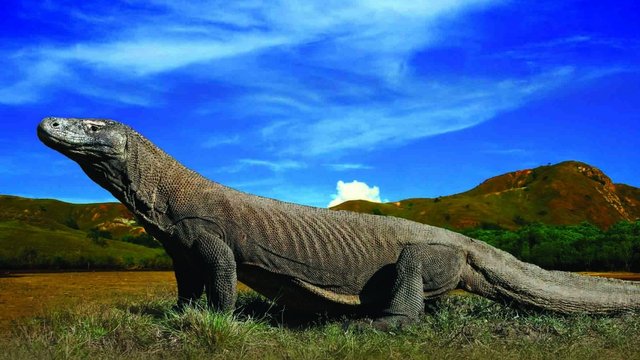
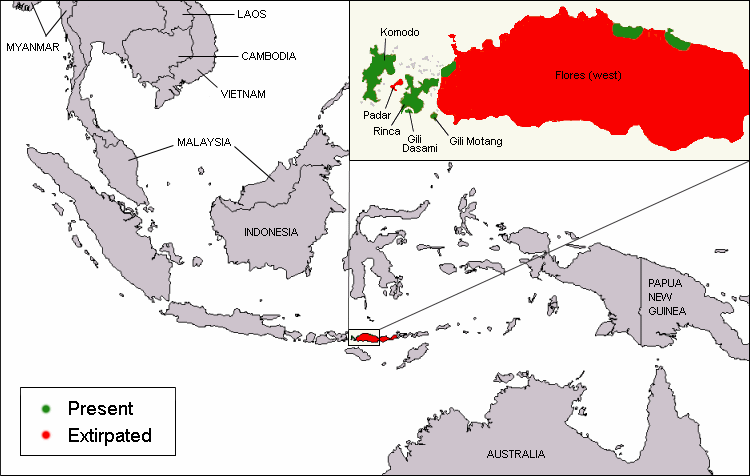
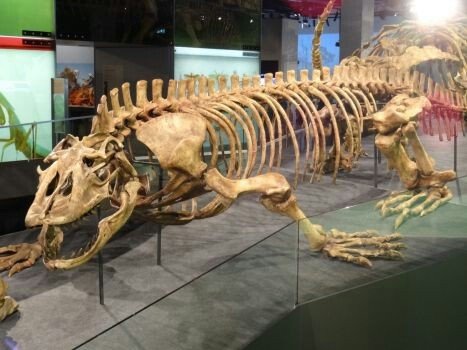
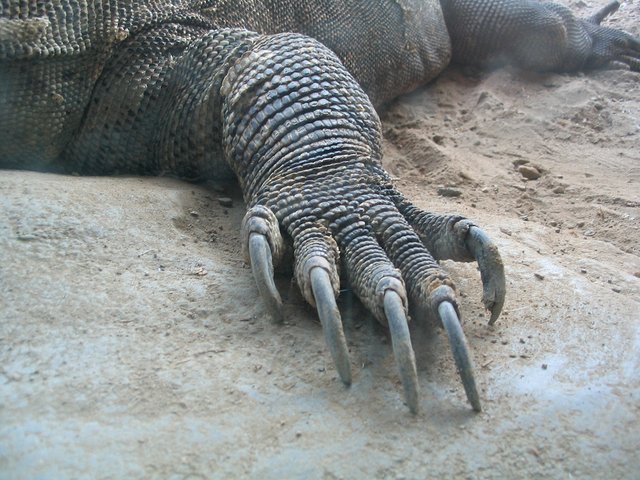
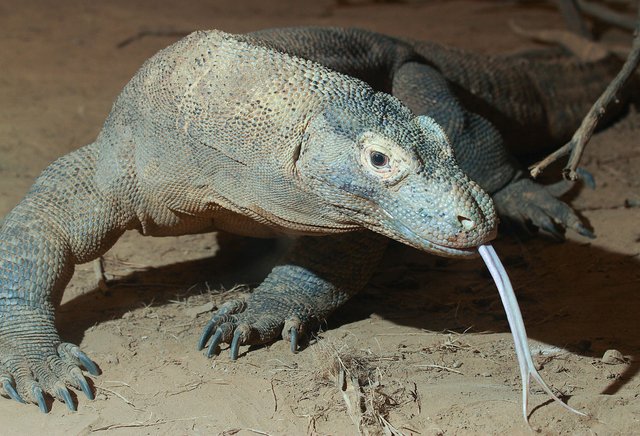
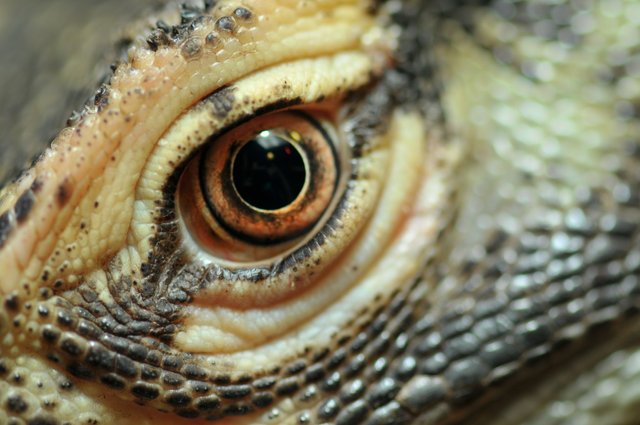
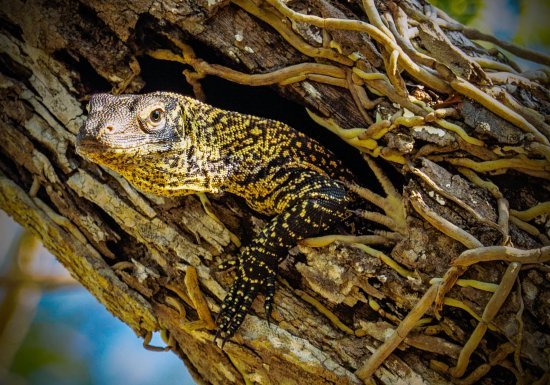
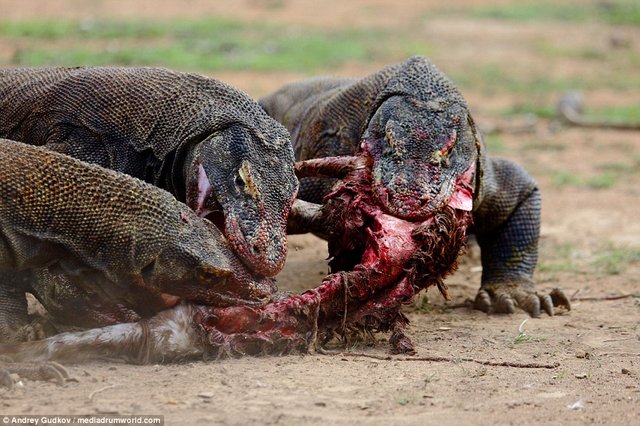
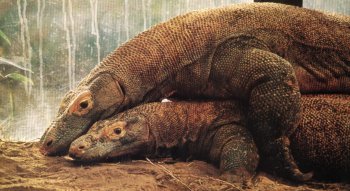
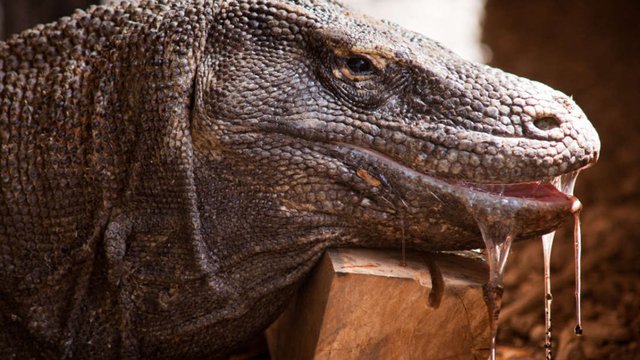
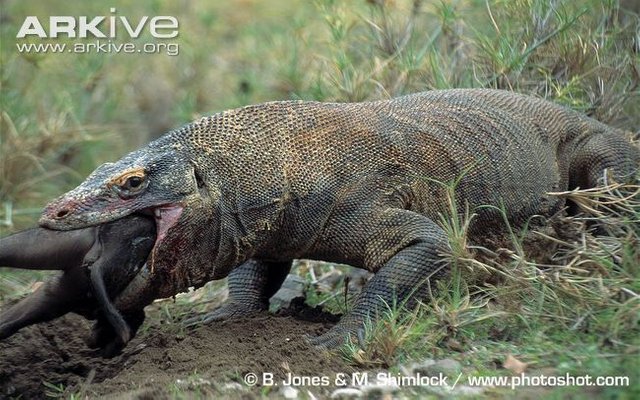
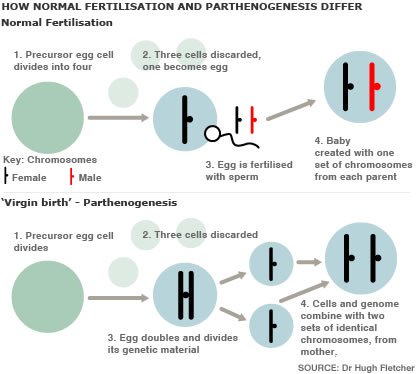
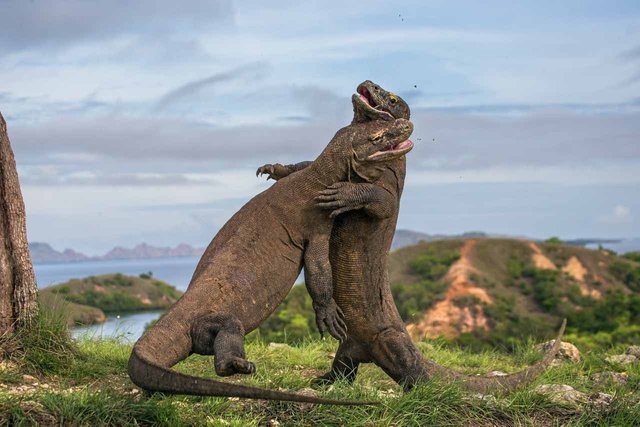
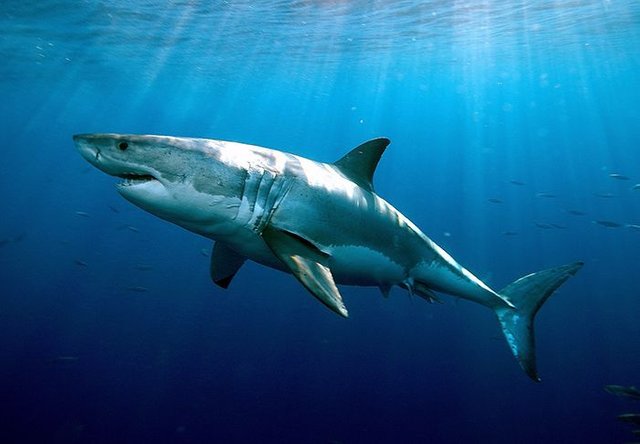
When you mentioned the Megalania it switched-on my curiosity to see what happened in the time-span between them, and I found this, could be interesting...
Thanks for mentioning parthenogenesis, I learned something new
The Komodo dragon looks like something out of history books. I had no idea that such animals still existed. I would still be doubting it if you didn't show such expertise in your work. For them to have remained in existence after all these years, they must have been able to change to different situations and adapt to various challenges that life would definitely have thrown at them.
Excellent, detailed work as usual. Thanks.
Luckily for them their habitat around the Equator has remained relatively unchanged throughout their existence, on their habitual islands until recent times they've never had competition for food from larger predators.
Aside from some large Volcanic eruptions that have occurred in the region they have existed in one of the most stable and isolated areas on the planet, compared to other animals from the Pleistocene era they've been very lucky.
That explains a lot about their ability to have survived so long. Thank you for your response. You write these things like no other.
No surprise they don't exists because we killed them all.
That dude has some serious claws and for god sake someone get him a napkin.
they make impressions
:)
I guess if you're gonna do reptiles, you might as well start big! The dragon is really a sight to behold!
Is she Greek?
Haha no, she’s named after a fictional video game character “Spyro the Dragon” which was on a games console the PlayStation 1! We also didn’t know if she was Male or female until she reached 2 years old, so we went for a neutral name :)
Cuteness alert!
this is completely dinosaur :D
This is actually more Dinosaur
Source
Never knew the reproduces asexually, now i know something new, great post. SteemOn!
Many non-mammalian species are capable of it, I may cover it in more detail in the future, it's definitely a useful trait to possess.
Wow, Dino Power! haha Are they related to the DInos??
They aren't related to Dinosaurs sadly, their Genus is thought to have evolved roughly 40 million years ago some 25 million years after the mass extinction of the Dinosaurs, though their distant ancestry does extend back 200 million years.
Birds are the only known relatives to the Dinosaurs alive today having evolved from a group of Dinosaurs known as Theropods, whilst there are many distant ancestors of animals that were alive in the time of the Dinosaurs, only Birds are considered to be modern descendants.
Resteemed to over 9300 followers and 100% upvoted. Thank you for using my service!
Send 0.100 Steem or 0.100 Steem Dollar and the URL in the memo to use the bot.
Read here how the bot from Berlin works. News you will find under the hashtag #resteembotnews.
Please help us grow and use our link to trade #IOTA #BTC #ETH and a lot of more at one of the biggest exchanges. https://www.binance.com/?ref=10230705
@resteem.bot
Comodo Including members of the family lizards Varanidae, and klad Toxicofera, komodo is the largest lizard in the world, with an average length of 2-3 m.Size of this great is associated with the symptoms of island gigantism, the tendency meraksasanya body of certain animals that live on the island small is linked to the absence of carnivorous mammals on the island where the Komodo dragon lives, and a small rate of Komodo metabolism. Because of its large body, these lizards occupy the predator position of the peak that dominates the ecosystem in which it lives.The large body and its terrible reputation make them popular in the zoo. Komodo dragons in the wild have dwindled by human activity and therefore IUCN incorporates Komodo as a species susceptible to extinction. These large lizards are now protected under government regulations and a national park, established to protect them.
Was this a Tl:Dr for people?